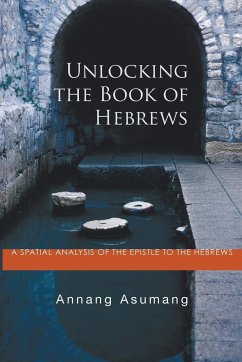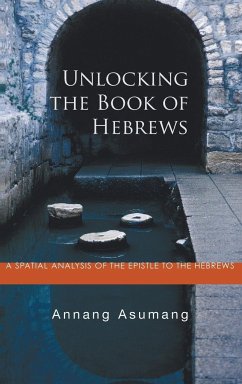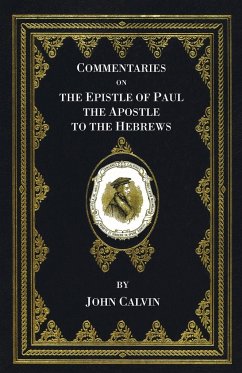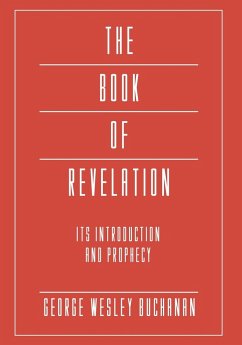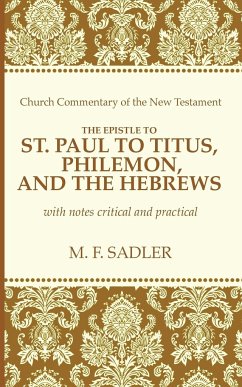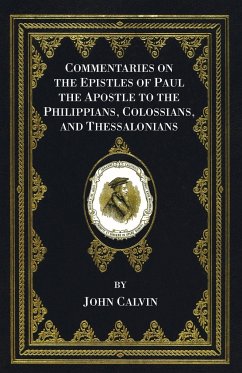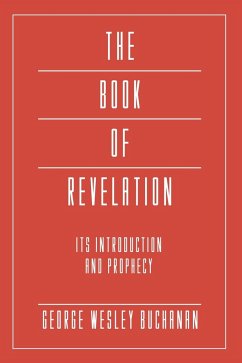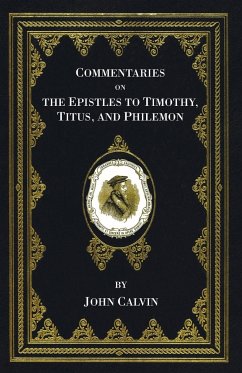While the intensely captivating language of the Epistle to the Hebrews may stir and invigorate modern New Testament readers to renewed spiritual energy, readers often remain clueless as to the book's overall theme and message. Despite the tendency for preachers to use various verses of the book of Hebrews as proof texts, few preachers today systematically expound the passages of Hebrews so that its general thesis is more clearly understood, so that it is practically applied for daily Christian living and witness. The different proposals about the epistle's uniting argument have not resulted in scholarly consensus; neither have they diminished the common impression about the epistle's difficulty. For such an important book of the Bible, given that the book of Hebrews skillfully bridges our understanding of the two testaments into one whole, such a situation is, to say the least, unsatisfactory. The Epistle to the Hebrews utilizes the language of spaces in its expositions and the language of movement in its exhortations, with powerful rhetorical effects; yet few studies have attempted to analyze the book from this perspective. In this study, Asumang employs models from the interdisciplinary social-science investigative methodology of spatiality to analyze Hebrews. He demonstrates that the author of Hebrews interpreted the migrating camp of the Israelites in the wilderness, depicted in the book of Numbers, through a Christ-tinted lens and that the Hebrews writer applied these lessons to the grave pastoral condition of his congregation. When examined from this perspective, the Epistle to the Hebrews proves to be a most potent recipe for spiritual formation and Christian discipleship today.
Hinweis: Dieser Artikel kann nur an eine deutsche Lieferadresse ausgeliefert werden.
Hinweis: Dieser Artikel kann nur an eine deutsche Lieferadresse ausgeliefert werden.

